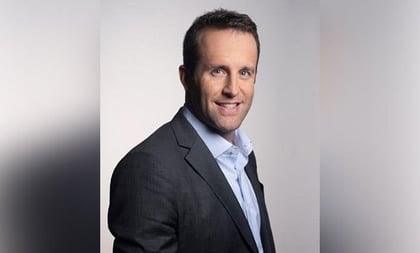Advisors who limit client wealth planning to their portfolios are missing a big part of doing their job correctly. Instead, they should be looking at a client’s total economic worth, including assets and liabilities, to determine the best “holistic” portfolio, said David Blanchett, Morningstar’s director of retirement research.
In his webinar Tuesday, “No Portfolio is an Island: Optimal Accumulation Portfolios,” Blanchett discussed three areas in which clients have accumulated wealth outside a portfolio that an advisor manages: 1) human capital, that is the net present value of future earnings, 2) housing wealth, and 3) pension wealth, which includes guaranteed income such as a pension or Social Security.
“[Advisors should ask] How do I help my clients make more intelligent risk choices? Think about their wealth more holistically. You’ve got to think about what is all of their wealth and how should that affect the portfolio,” he said. “That’s the value of helping someone see the bigger picture of [their wealth].”
The reasoning in knowing all a client’s holdings is simple: They may be taking risk elsewhere and thus should have a more conservative portfolio, or vice versa, noted Blanchett.
“For example, if someone has a large exposure in part of their total wealth to large value type stocks, maybe they shouldn’t own large value in their portfolio,” he explained. “What happens then is this portfolio doesn’t look very efficient on its own, but it’s actually incredibly efficient when viewed from a total wealth perspective.“
He delved deeper into the three key areas advisors need to explore with their clients so the portfolio built isn’t adding more risk or missing other avenues of potential revenue.
1. Human Capital
He says this area often is described as the largest amount of capital in the world because it is the net present value of future earnings.
“Human capital sounds a bit like an abstract asset, but it’s important to acknowledge its [importance],” he said.
He noted that it actually acts more like a junk bond because normally the payout is steady, but in times of market crisis, it can drop in value, for example, in the case of a job loss.
Another point: Some jobs are riskier than others. Mining is riskier than being a school teacher. And that matters, because the riskier the human capital, the more conservative the portfolio should be, Blanchett said. He added that owning a small business can be seen as very risky human capital, typically.
2. Housing
As this is one of the largest tangible assets, it should be considered in designing a client’s portfolio, Blanchett said.









 January 06, 2021 at 09:23 PM
January 06, 2021 at 09:23 PM











